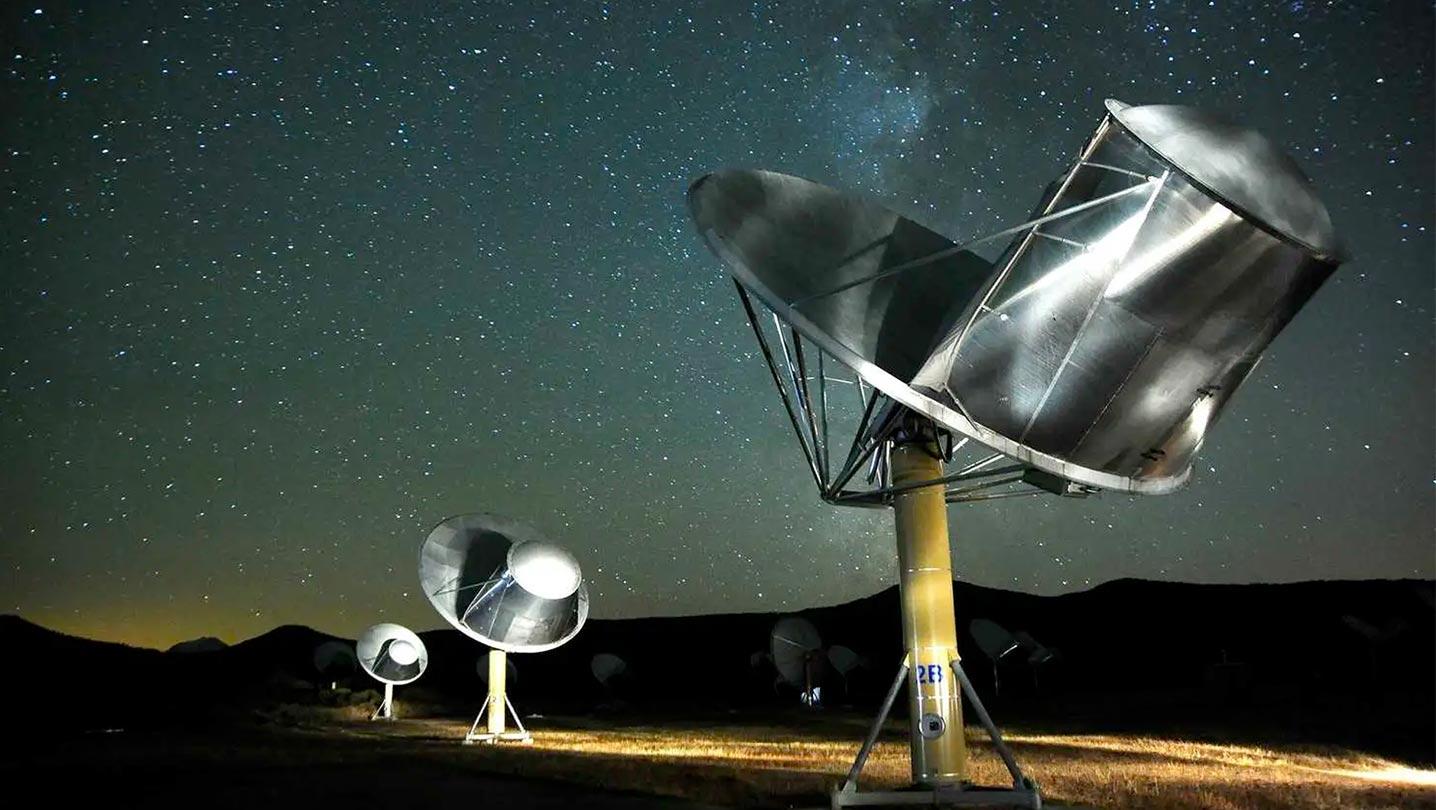Computers truly are wonderful things and powerful but only if they are programmed by a skilful mind. Check this out… there is an algorithm that mimics the growth of slim mold but a team of researchers have adapted it to model the large scale structure of the Universe. Since the Big Bang, the universe has been expanding while gravity concentrates matter into galaxies and clusters of galaxies. Between them are vast swathes of empty space called voids. The structure, often referred to as the cosmic web.
Continue reading “Slime Mold Can Teach Us About the Cosmic Web”Slime Mold Can Teach Us About the Cosmic Web



